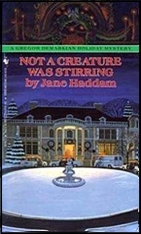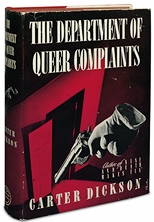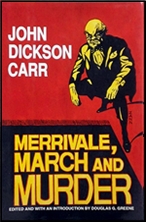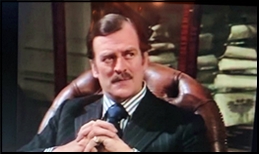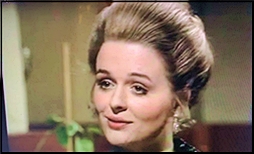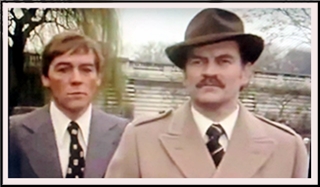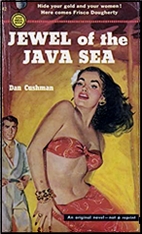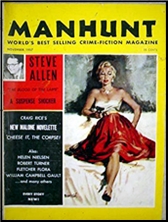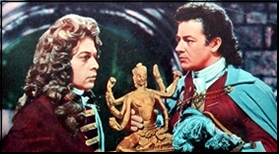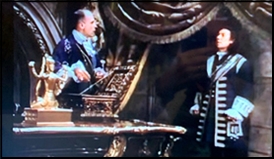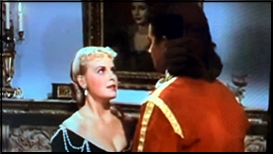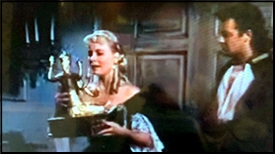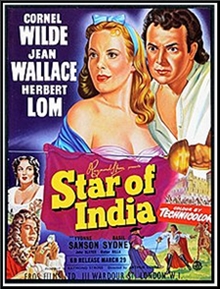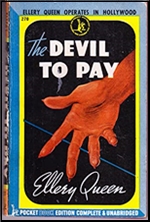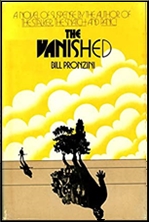REVIEWED BY DOUG GREENE:
ISAAC ASIMOV – Casebook of the Black Widowers. Doubleday Crime Club, hardcover, 1980. Fawcett Crest, paperback, 1981.
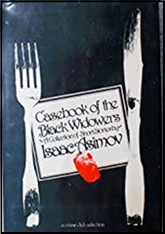
After three books about the Black Widowers, containing 36 stories (and no indication that the series is nearing its end), it’s time to pay tribute to Isaac Asimov’s accomplishment. Though the stories are often compared with Baroness Orczy’s The Old Man in the Corner, they seem to me to belong in a different area of the so-called mystery story.
The Old Man is fundamentally a detective, though an intuitive one who is seldom interested in evidence. Henry, who solves the problems in the Black Widowers stories, interprets word-plays, conundrums, anagrams, without worrying about crimes or indeed rarely about anything more significant than the word-play itself.
Perhaps this point will become clearer if I do two things which The Poisoned Pen has always rightly abhorred: I shall become dryly academic while at the same time, grossly oversimplifying a complex matter.
To pontificate: There is a continuum of types of fiction dealing with the unravelling of a problem:
Riddleâž” Puzzleâž” Mysteryâž” Detection
A Riddle is limited to elucidating a single point, often related to how a word is used, or how a single object or an event can be viewed from an unexpected angle. A Puzzle normally involves more than one occurrence or one word, but it is still usually limited to a small part of the characters’ lives. The Puzzle story shades almost imperceptibly into the Mystery, the main distinct:ton being the significance of the problem to be resolved. Unlike the Puzzle, a Mystery involves most aspects of the characters’ lives, at least as reflected in the story. A Mystery becomes Detection when one character gathers evidence in a systematic (and normally, though not always, active) way.
End of lecture.
Back to the point: The Black Widowers stories are almost always riddles, occasionally puzzles, and never mysteries or detection. As such they fit into the grand line of tales going back to Anglo-Saxon riddles (and probably earlier), and they should not be criticized for being gimmicky or based on tiny points.

When Barzun and Taylor said that the Black Widowers tales are “something of a stunt” (The Armchair Detective, January 1978), they were entirely accurate — but in making such a statement a negative criticism, they were judging riddle stories by the-wrong standard. Asimov’s work should be judged on two· grounds: First, how good a riddle is posed; second, how convincing or entertaining are the surrounding parts of the tale.
To take the latter point first: Asimov’s male-chauvinist club is very well handled. The various characters are well-delineated. The conversations are · not only fascinating for themselves but they often set the tone for the problems; note especially the first Black Widowers volume in which The Iliad is retold in limericks and other lively topics are introduced.
On the other hand, the stories as stories (rather than merely as riddles) are rather static. Despite the presence of a different guest in each tale, the stories vary little and seem rather remote from human worries and from human activities.
Asimov might be wise in future tales to vary the setting or make the riddles more immediate to the Widowers. (But Asimov would probably rightly retort that such changes would produce something entirely different from a riddle story.)
It is in the first point, the riddles themselves, that Asimov shines. The stories are filled with delicious puns and word-twists. The strongest tales are based on new ways of looking at familiar objects.· At times, as with “None So Blind,” the reader should reach the answer before Henry. At other times, as with “The Cross of Lorraine,” “The Missing Item,” and “To the Barest,” the answer is a surprise yet perfectly fair and, once it is revealed, perfectly obvious.
The Black Widowers tales are the best series of riddle-stories now being produced, and perhaps the best ever produced. Long may they continue.
– Reprinted from The Poison Pen, Volume 3, Number 6 (December 1980).
The Black Widowers series —
1. Tales of the Black Widowers (1974)
2. More Tales of the Black Widowers (1976)
3. The Casebook of the Black Widowers (1981)
4. Banquets of The Black Widowers (1984)
5. Puzzles of the Black Widowers (1989)
6. The Return of the Black Widowers (2003)



